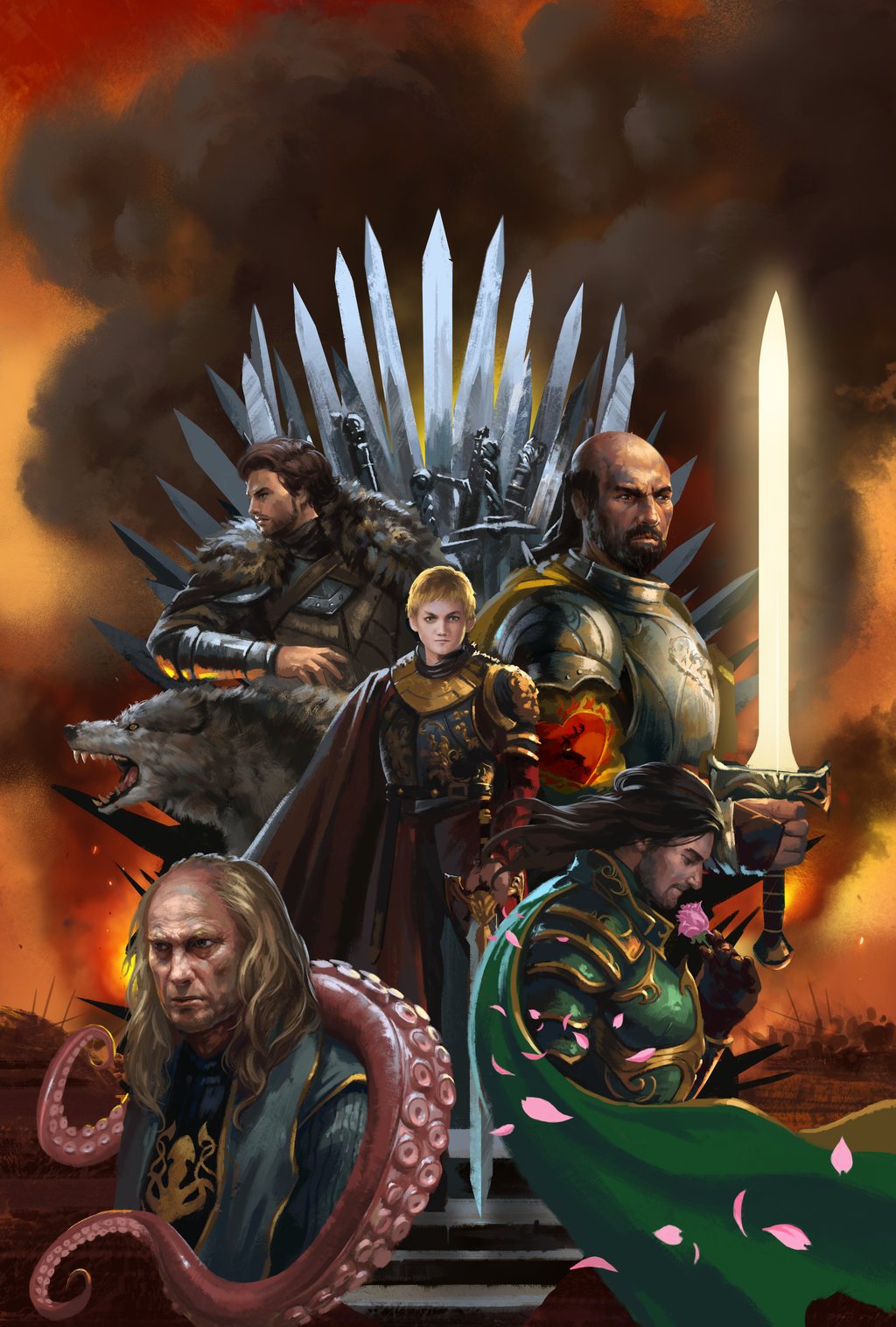
The War Of 5 Kings
The Battle of the Vale of Siddim, also often called the War of Nine Kings or the Slaughter of Chedorlaomer, was an event in the Hebrew Bible book of Genesis 14:1-17 that occurred in the days of Abram and Lot. The Vale of Siddim was the battleground for the cities of the Jordan River plain revolting against Mesopotamian rule. Winning the War of the 5 Kings with Robb So this is the main scenario I've always wanted to play out. I've tried this a bunch of different ways, but the main one I've been trying lately is this: rewind the clock to after the North declares war but before Margaery marries Renly.
Xerox wc 3550 driver for mac Posted on June 30, 2018 by admin It dramatically simplifies enterprise printer management for IT managers, making it easy to add and update printers without changing drivers. Firmware for the WorkCentre 3550. See installation instructions for details on installation methods. Caution: Once this digitally signed release is installed, the machine CANNOT be downgraded to a non-digitally signed release. Releases less than 25.003.02.000 are NOT digitally signed. End User License Agreement. XEROX WORKCENTRE 3550 PCL6 DRIVER FOR MAC - Remote Data will be transmitted to and from Customer in a secure manner specified by Xerox. Please re-select your Operating System and Language choices after you are re-directed to the Mobile Express Driver web page. See installation instructions for details on installation methods. Xerox 3550 specifications. PCL 6 print driver for the Xerox WorkCentre 3550. Supports Windows 2000 / XP / Server 2003 / Server 2008 / Server 2008 R2 / Windows 7. Supports 32 and 64 bit operating systems. Microsoft WHQL Certified. Xerox WorkCentre 3550 Driver We provide several means to download and install the total Xerox WorkCentre 3550 in the form of software application, Driver, firmware updates, in addition to hands-on settings.
Home > The War of Five Kings
|
This essay contains spoilers for The Winds of Winter
 https://warsandpoliticsoficeandfire.files.wordpress.com/2016/03/blood-of-the-conqueror-6.mp3
https://warsandpoliticsoficeandfire.files.wordpress.com/2016/03/blood-of-the-conqueror-6.mp3Introduction
Storm’s End had fallen to Aegon, and with that “impregnable” coastal fortress, the young dragon now held the most strategically and symbolically important foothold in the south of Westeros. However great this victory was though, Aegon’s situation was tenuous. The Golden Company was scattered across the Stormlands, Narrow Sea and Stepstones, and a Tyrell army was descending on Storm’s End. Though secure for the moment behind the massive curtain walls of Storm’s End, Aegon, Jon Connington and the Golden Company’s hope for long-term success did not reside at Storm’s End. Their only shot at victory lay in defeating the Tyrells marching for them and developing alliances and local support in Westeros. The bitter history of the Blackfyre Rebellions had proved as much.
The Blackfyre pretenders’ inability to garner widespread support after the First Blackfyre Rebellion had led to their repeated failures. In that first rebellion, Daemon I Blackfyre and Aegor “Bittersteel” Rivers leveraged the grievances and ambitions of secondary noble houses into a broad political and military coalition. In particular, Daemon and Bittersteel brought disaffected nobles from the Reach, Dorne and Westerlands under the black dragon banner against their regional and royal overlords. Though the First Blackfyre Rebellion was ultimately unsuccessful, the coalition that the first Blackfyre pretenders assembled was instrumental to their near-success. Failed subsequent Blackfyre rebellions, like the Fourth (which had barely stumbled past its landing at Massey’s Hook) and the Fifth (which had never even reached mainland Westeros) had proved to the Golden Company that without widespread organic support, Westeros could – and would – cast them off.
The Westeros upon which Aegon and his company landed, though, was much more favorably inclined to the young dragon’s particular foreign invasion than that of his Blackfyre forebears. The mood in Westeros had turned hostile towards the ruling class long before Aegon and his band of sellsword adventurers arrived; the Lannister-Tyrell alliance, which had been Westeros’ dominant political and military power since the Battle of the Blackwater, was crumbling. Better still for the would-be king, internal dissent against Lord Mace Tyrell was growing among some of his lords bannermen.
The taking of Storm’s End had provided a foundation for Westerosi nobles to take notice of the young dragon, but Aegon desperately needed their homage and swords along with their notice. If it were to press Aegon’s claim to the Iron Throne, the Golden Company would have to do more than win the allegiance of its surviving Blackfyre allies. The Reach had proved fertile ground for Daemon I Blackfyre and Bittersteel when they rose against the Iron Throne. The Blackfyres’ ideological (and biological) successors would now turn to the Reach once again.